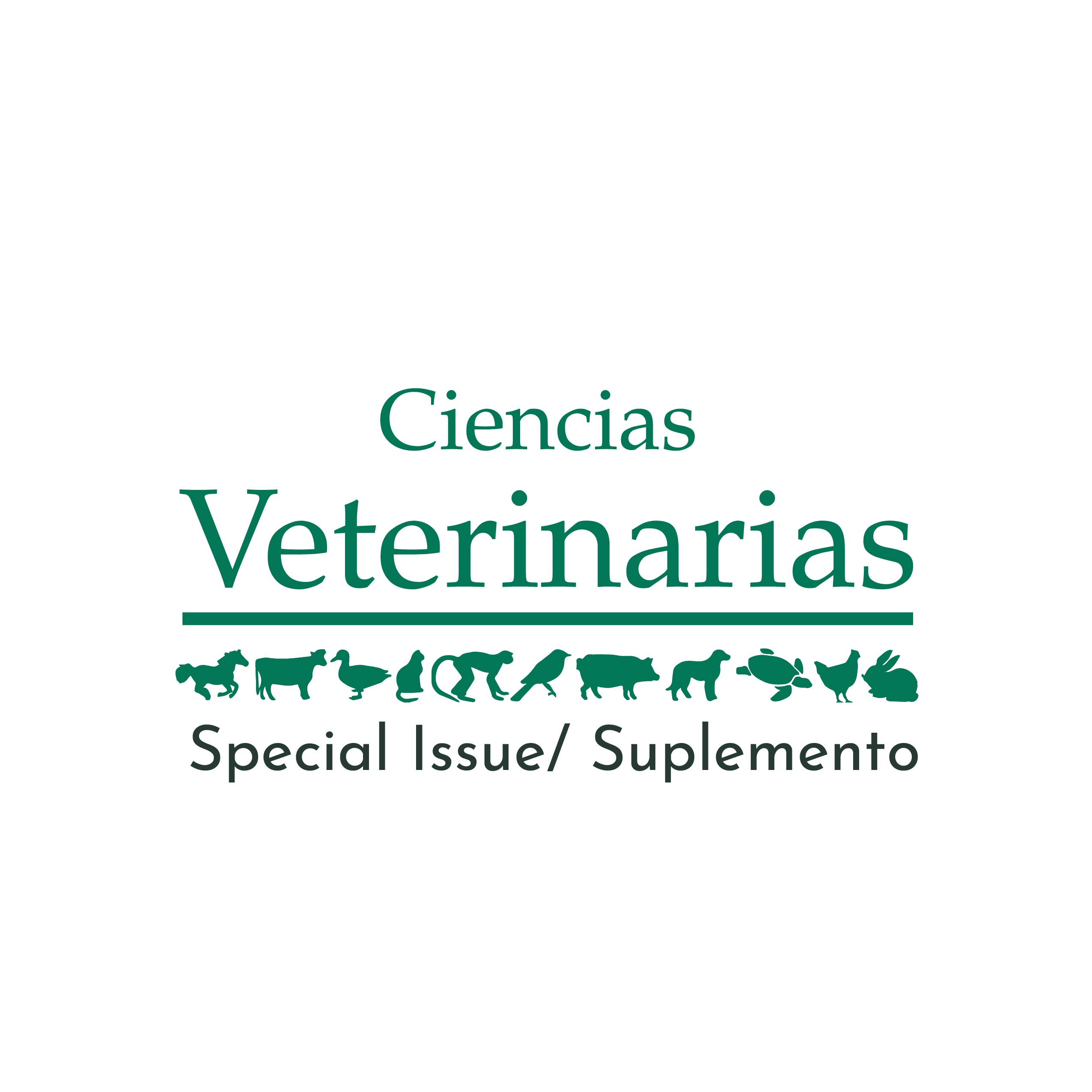Medicina Regenerativa: donde su origen hace que las especies se encuentren
DOI:
https://doi.org/10.15359/rcv.37-3.1Resumen
The articular cartilage of joints serves diverse functions, including absorbing shock, transmitting force, and enabling low-friction joint motion. Regeneration of articular cartilage defects remains, however, a significant challenge in both human and veterinary orthopaedic practice. Ex vivo and in vivo models play a crucial role in translating novel potential regenerative treatments from bench to bedside. However, in view of the predictive power of these models and the One Medicine concept that proclaim that there should be no dividing lines between human and animal medicine to learn, it is important to understand the similarities as well as differences in the cartilage tissue between species. To this aim, osteochondral cores of the femoral condyles were studied in 58 different mammalian species ranging from mouse to elephant. Interestingly, while biochemical composition remained relatively constant, cartilage thickness and cellularity were similar underscoring the importance of the equine species as a model for human orthopaedic interventions.
Nevertheless, political ambition and societal pressure are now asking for a drastically reduction of animal experimentation and have further spiked the development of more predictive in vitro and ex vivo models. In addition to a range of more sophisticated in vitro assays, this has now also provided an ex vivo osteochondral defect model that can be generated based on equine donor tissue. Although such models better represent the situation in the native tissue and can be used to assess (osteo)chondral repair strategies, they still lack some important aspects of the in vivo (patho)physiological (inflammatory) environment, as well as the exposure to mechanical loading. This illustrates the challenges that we still face in translating these novel approaches from bench to bedside.
Referencias
Malda, J., Benders, K.E., Klein, T.J., de Grauw, J.C., Kik, M.J., Hutmacher, D.W., Saris, D.B., van Weeren, P.R. & Dhert, W.J. 2012. Comparative study of depth-dependent characteristics of equine and human osteochondral tissue from the medial and lateral femoral condyles. Osteoarthr. Cartilage 20(10):1147-1151. DOI: 10.1016/j.joca.2012.06.005
Malda, J., de Grauw, J.C., Benders, K.E., Kik, M.J., van de Lest, C.H., Creemers, L.B., Dhert, W.J. & van Weeren, P.R. 2013. Of mice, men and elephants: the relation between articular cartilage thickness and body mass. PLoS One 8(2): e57683. DOI: 10.1371/journal.pone.0057683
Mouser, V.H., Dautzenberg, N.M., Levato, R., van Rijen M.H.P., Dhert, W.J.A., Malda J., Gawlitta, D. 2018. Ex vivo model unravelling cell distribution effect in hydrogels for cartilage repair. ALTEX 35(1): 65-76. doi: 10.14573/altex.1704171
Descargas
Publicado
Cómo citar
Número
Sección
Licencia
Licenciamiento de los artículos
Todo artículo se publicará con una licencia:

Licencia Creative Commons Atribución-NoComercial-SinDerivadas 3.0 Costa Rica.
El acceso a esta revista es gratuito, solo se debe citar en forma completa el artículo y la revista.
Los derechos de propiedad intelectual son del autor. Una vez aceptado el artículo para su publicación el autor cede a la Revista los derechos de reproducción.
La Revista de Ciencias Veterinarias autoriza la impresión de artículos y fotocopias para uso personal. También, se promueve el uso para fines educacionales. Especialmente: instituciones podrán crear enlaces a artículos específicos que se encuentren en el servidor de la revista a fin de conformar paquetes de cursos, seminarios o como material de instrucción.
El autor puede colocar una copia de la versión definitiva en su servidor aunque se recomienda que mantenga un enlace al servidor de la revista donde está el artículo original.
Las violaciones de propiedad intelectual recaen sobre quien la realizó. No es responsable la empresa o institución que da acceso a los contenidos, ya sea porque actúa sólo como transmisora de información (por ejemplo, proveedores de acceso a Internet) o porque ofrece servicios públicos de servidores.







